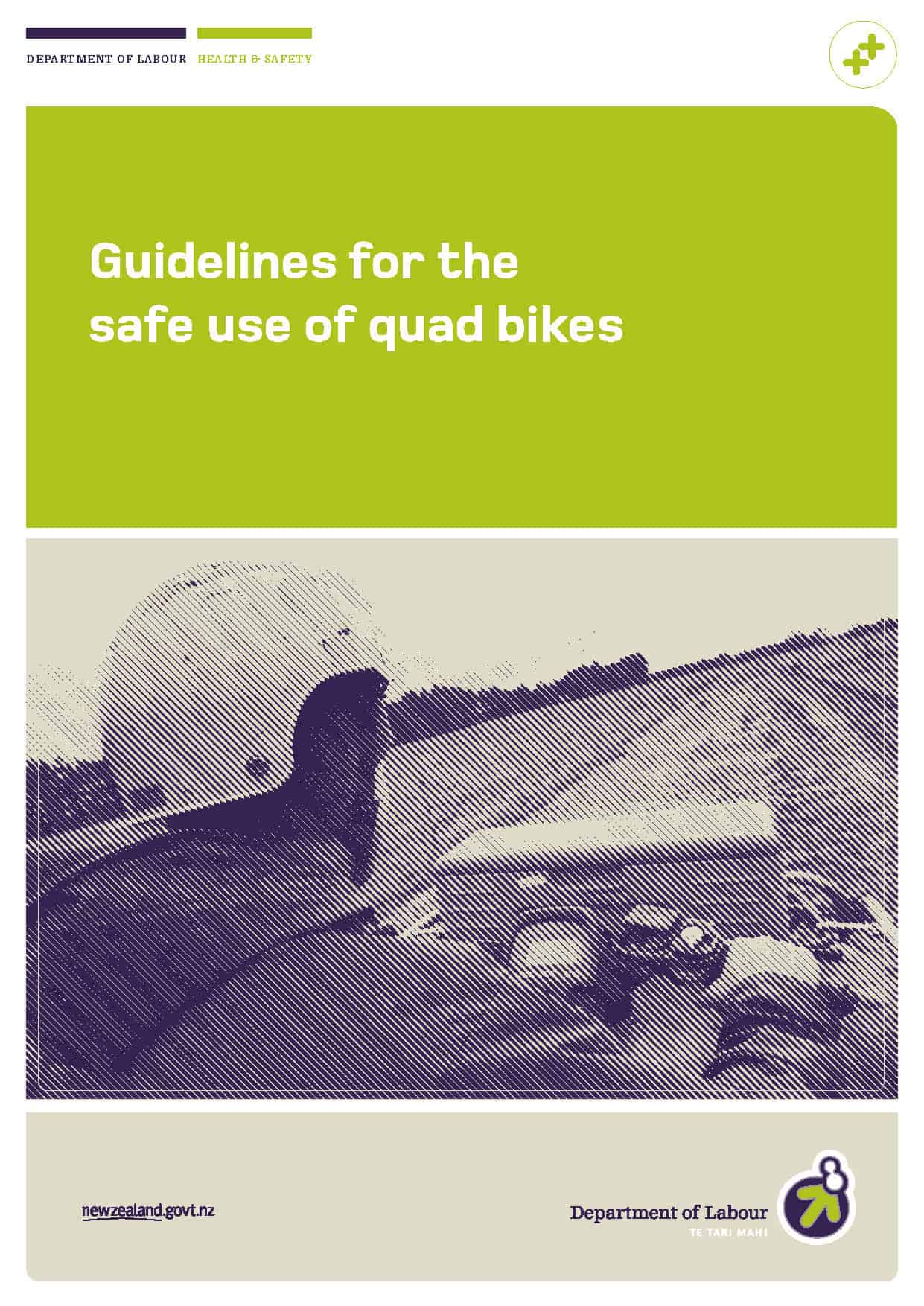Six months ago Pamela Cowan wrote about iPods and policies. Whilst driving this afternoon I turned down the volume on my car radio (Question Time in Parliament) and I wondered how much I had reduced the volume. I could not tell as the radio simply has a scale of numbers.
Such a measurement is common. We have heard of “cranking the amp up to eleven” but what does eleven mean in terms of decibels and, in the context of this blog, the risk of noise-induced hearing loss?
This is also particularly relevant in the discussion about earphones. The safety warnings that relate to the potential long term damage are all expressed in exposures in decibels. Yet the volume controls are shown as numbers, lines or a digital bar. There is no mention of decibels.
Continue reading “Volume controls should show decibel levels”




 SafetyAtWorkBlog has been following the discussions about
SafetyAtWorkBlog has been following the discussions about